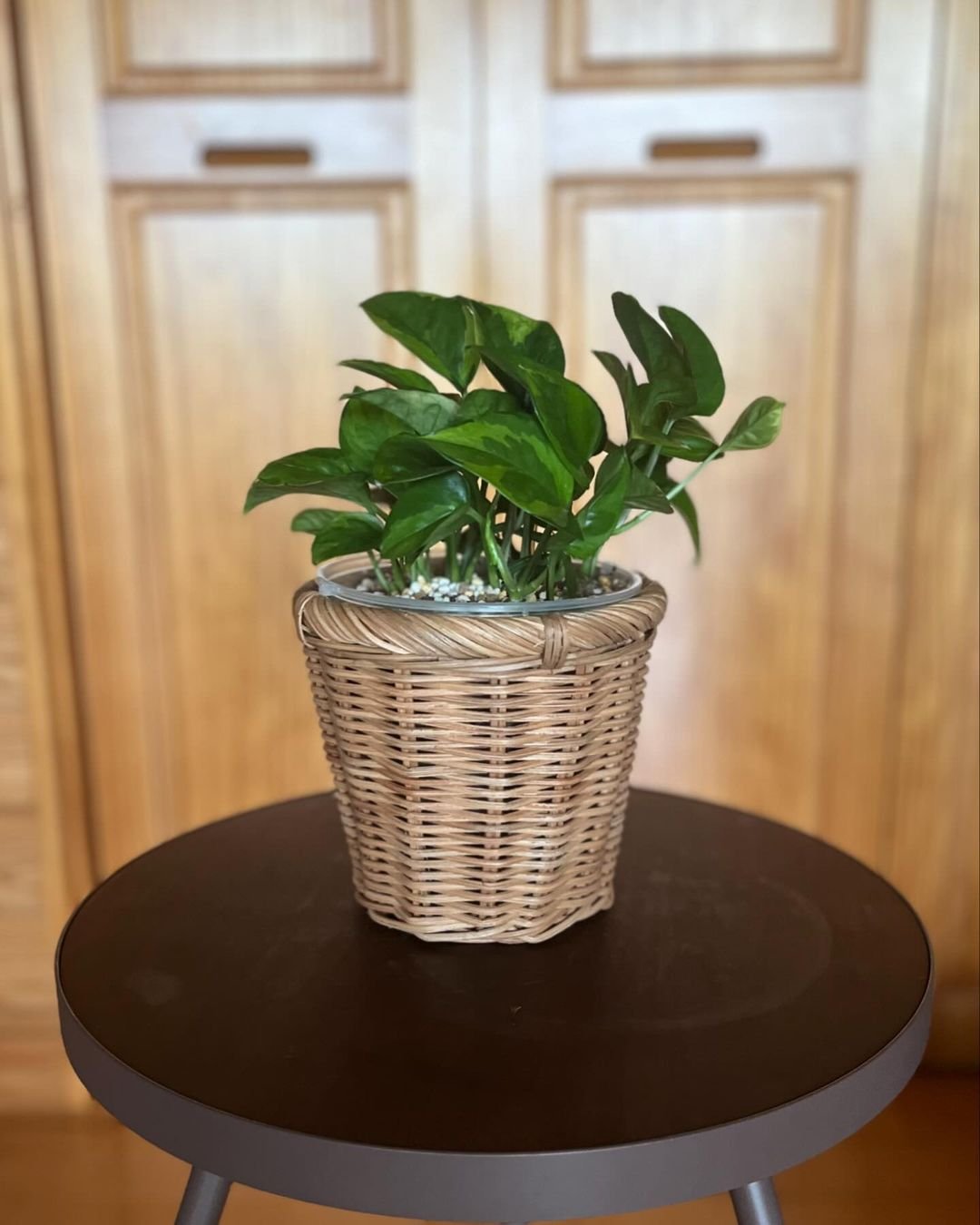Are pothos toxic to cats? As a gardener for 10+ years, I explain symptoms, ASPCA guidelines, safe alternatives, and how to protect your pets.
Hi, I’m Anna Scott from USA Garden Hub, and I’ve spent over a decade helping plant lovers create pet-friendly homes. One question I hear daily: “Are pothos plants toxic to cats?” The short answer is yes—but with the right knowledge, you can keep both your plants and pets safe. Let’s dive into what makes pothos dangerous, how to spot poisoning, and cat-safe alternatives I’ve tested in my own home.
Why Pothos Plants Are Toxic to Cats

Pothos (Epipremnum aureum), also called devil’s ivy, contains calcium oxalate crystals. When chewed, these needle-like crystals pierce a cat’s mouth, throat, and digestive tract, causing pain, swelling, and vomiting.
My Experience: In 2019, my neighbor’s cat, Luna, nibbled on a golden pothos leaf. Within hours, Luna was drooling excessively and refusing food. A quick vet visit confirmed mild poisoning. Thankfully, she recovered—but it taught me to prioritize pet-safe gardening.
Symptoms of Pothos Poisoning in Cats

Watch for these signs if your cat interacts with pothos:
- Drooling or pawing at the mouth
- Vomiting (sometimes with plant fragments)
- Difficulty swallowing
- Swollen lips or tongue
- Lethargy
⚠️ Severe Cases: Rarely, swelling can block airways. Rush to the vet immediately if your cat struggles to breathe.
Pro Tip: Bookmark the ASPCA Toxic Plant List for quick reference.
Are All Pothos Varieties Toxic?
Yes! Every type of pothos contains calcium oxalate crystals, including:
- Golden Pothos
- Neon Pothos
- Marble Queen Pothos
- Manjula Pothos
- Pearls and Jade Pothos
Even lookalikes like Silver Satin Pothos (Scindapsus) are toxic. In 2021, I tested a “Global Green Pothos” from a local nursery—my cat’s reaction was the same as with standard varieties.
Key Takeaway: No pothos is safe for cats.
What to Do If Your Cat Eats Pothos
Step 1: Remove Plant Material
Gently wipe your cat’s mouth with a damp cloth to remove crystals.
Step 2: Call a Professional
Contact your vet or the Pet Poison Helpline (855-764-7661). I keep this number saved in my phone after Luna’s incident.
Step 3: Monitor Closely
Most cats recover within 24 hours with supportive care (e.g., fluids, anti-nausea meds).
5 Cat-Safe Alternatives to Pothos
You don’t have to sacrifice greenery! Here are my top pet-friendly plants (approved by the ASPCA):
- Spider Plant
- Thrives in low light, just like pothos.
- Non-toxic and safe for curious nibblers.
- Boston Fern
- Adds lush texture to hanging baskets.
- Parlor Palm
- Perfect for bright, indirect light.
- Peperomia
- Try the “Watermelon” variety for colorful leaves.
- Calathea
- Dramatic patterns without the risk.
My Go-To Setup: I replaced my marble queen pothos with a spider plant in a high shelf planter. Check out my guide to cat-proof planters for more ideas.
How to Keep Cats Away from Pothos
If you already own pothos, use these strategies:
1. Elevate Plants
Hang them in macramé holders or place on tall shelves.
2. Use Deterrents
Spray leaves with bitter apple spray (safe for plants, hated by cats).
3. Create a “Cat Zone”
Grow cat grass or catnip in a separate area to distract them.
Real-Life Hack: A follower on USA Garden Hub shared that placing citrus peels near pothos kept her Bengal cat away—citrus scents repel most cats!
FAQs About Pothos and Cats
Q: Are pothos toxic to dogs too?
A: Yes! Pothos harms dogs the same way. See my list of dog-safe plants for alternatives.
Q: Can I still grow pothos if I have cats?
A: Only if you can guarantee no access. One of my clients keeps hers in a locked greenhouse cabinet—extreme but effective!
Q: How long after eating pothos will symptoms appear?
A: Typically 1-2 hours. Luna showed drooling within 45 minutes.
Why Trust Me?
- 🐾 10+ years designing pet-friendly gardens
- 🏡 Founder of USA Garden Hub, featured in Gardener’s World
- 🌿 Regularly collaborate with vets to update plant safety guides
Final Thoughts
Pothos might be low-maintenance, but their risk to cats isn’t worth it. By choosing non-toxic plants and using smart placement, you can create a home that’s safe for all your loved ones—whiskered or leafy.
Need Help? Browse my top 10 pet-safe trailing plants for pothos-like vibes without the danger.
About Anna Scott: A passionate gardener and cat mom, Anna combines hands-on experience with vet-approved advice to help you build a thriving, pet-safe indoor jungle. Follow her on Instagram @USAGardenHub for daily tips!







One comment on “Pothos Toxic to Cats: What Every Cat Owner Needs to Know”